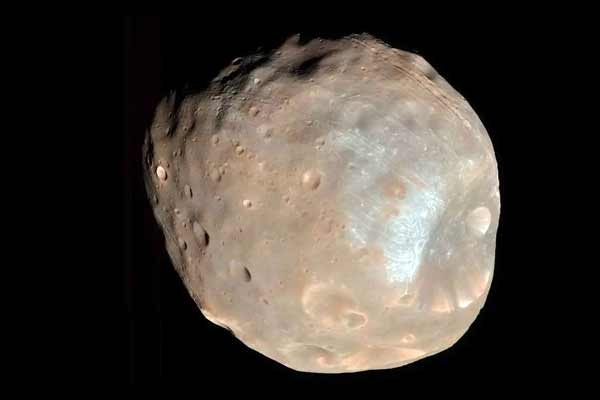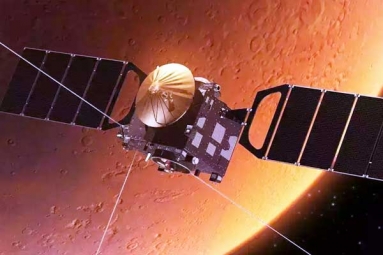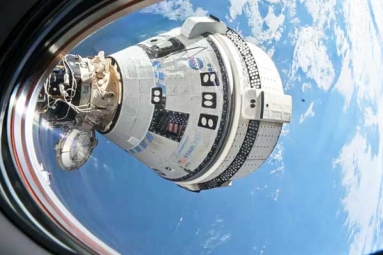
(Image source from: Instagram.com/nasa)
The US space agency NASA frequently shares stunning visuals from our universe, captivating space enthusiasts. NASA's social media platforms are a treasure trove for those who enjoy educational videos and captivating images showcasing our planet and the cosmos. In a recent post, the space agency delighted its Instagram followers with a picture of a "space potato." The image, captured by the most powerful camera ever sent to another world, depicts Phobos, the larger of Mars' two irregularly shaped moons. As NASA explained, Phobos is a relatively small celestial body, measuring approximately 17 by 14 by 11 miles (27 by 22 by 18 kilometers) in diameter. Its diminutive size means that its gravity is not strong enough to pull it into a spherical shape, like Earth's moon. Moreover, Phobos is on a collision course with Mars, drawing closer to the Red Planet at a rate of six feet (1.8 meters) every hundred years. In the coming 50 million years, Phobos will either crash into Mars or break apart, forming a ring around the planet.
View this post on Instagram
The image captured by the HiRISE camera aboard the Mars Reconnaissance Orbiter showcases the Martian moon Phobos. This celestial body appears as a brownish-red, irregular mass, dotted with numerous craters of varying sizes. Notably, a distinct white patch can be seen adjacent to the prominent Stickney crater on its surface. NASA's description of the image emphasizes the moon's striking appearance, which has captivated the attention of internet users. Comments range from comparing its texture to metal to likening it to a potato in space, with some even suggesting the possibility of turning it into space fries. Interestingly, Phobos, named after the mythological personification of fear, is one of two moons that orbit the Red Planet, the other being Deimos. These moons were discovered in 1877 by American astronomer Asaph Hall, who named them after the sons of Ares, the Greek counterpart of the Roman god Mars. Phobos, with its distinct features and intriguing appearance, continues to fascinate observers and spur their imagination.
Chloe Angeline Stickney Hall, a talented mathematician, was the wife of an individual. NASA's findings reveal remarkable temperature fluctuations on Phobos, the Martian moon. Daytime temperatures can soar to a balmy -4 degrees Celsius, while nighttime lows plummet to a frigid -112 degrees Celsius, a staggering range.





















